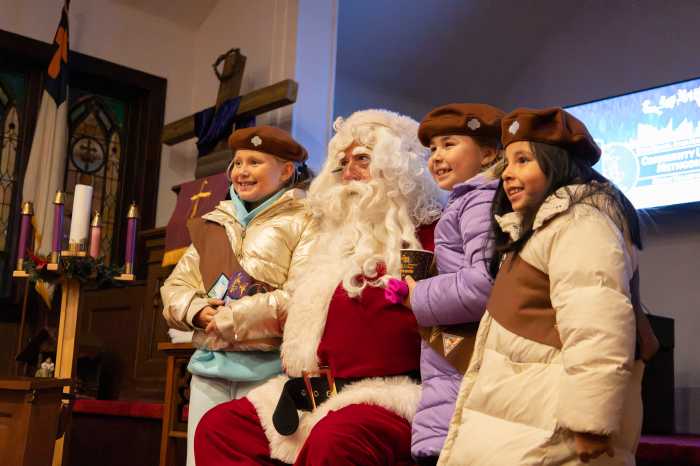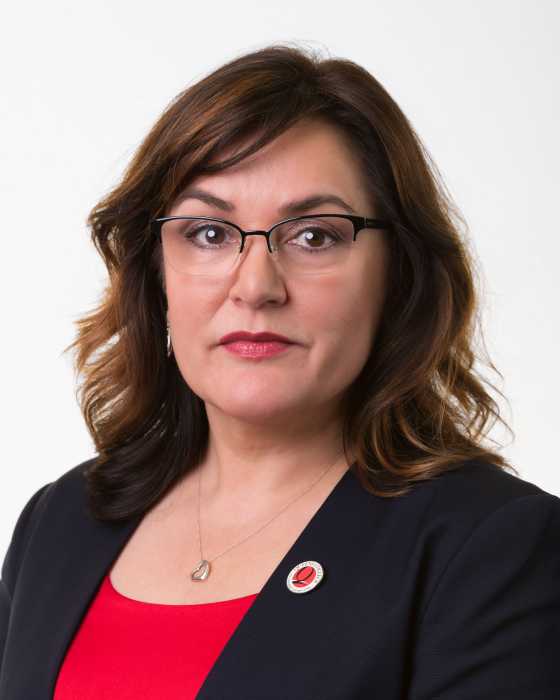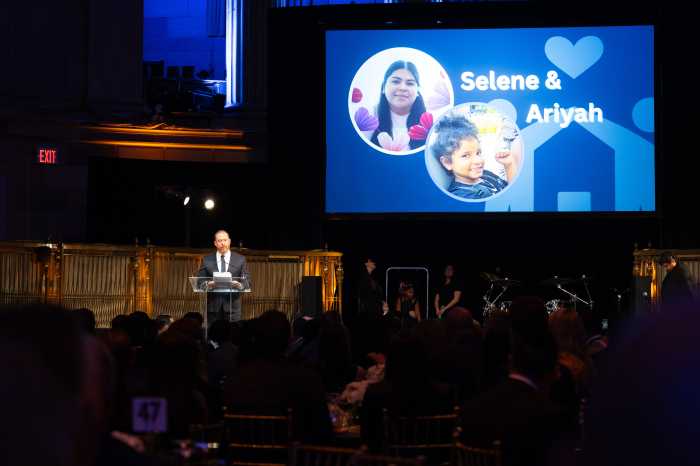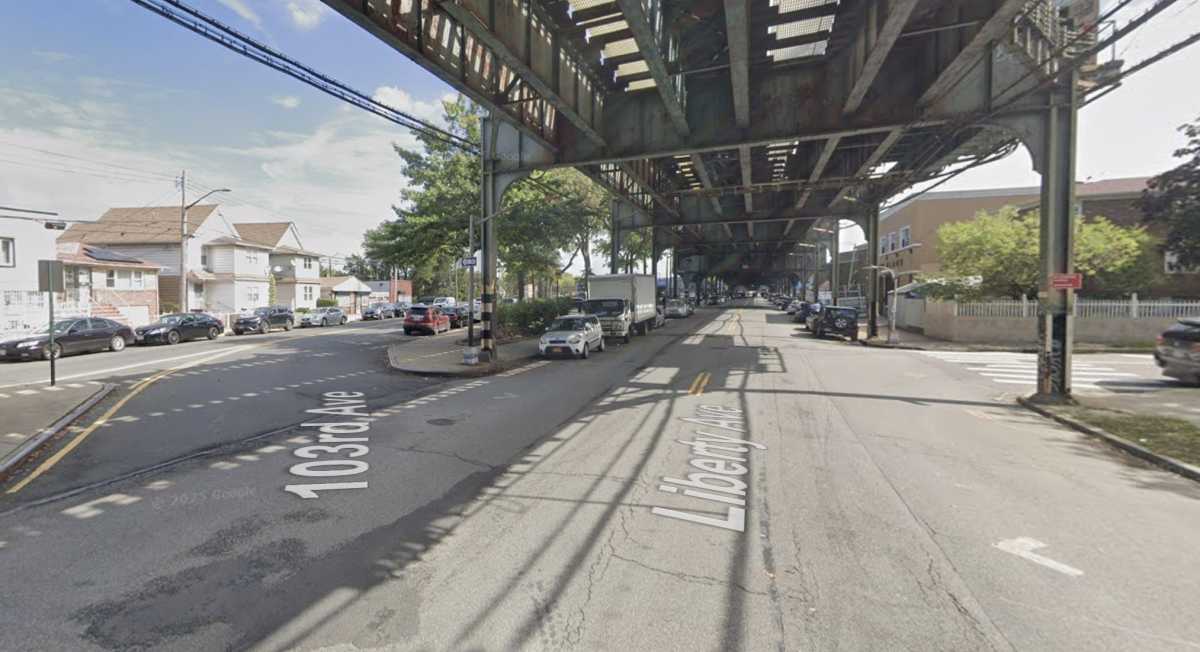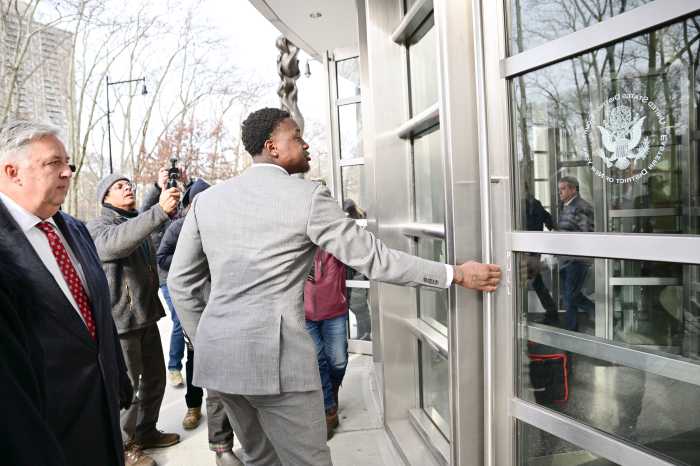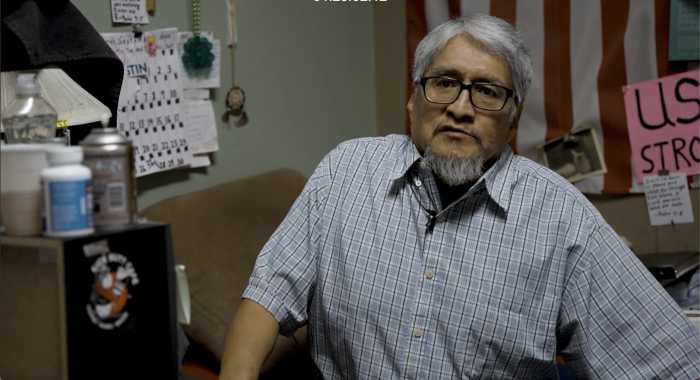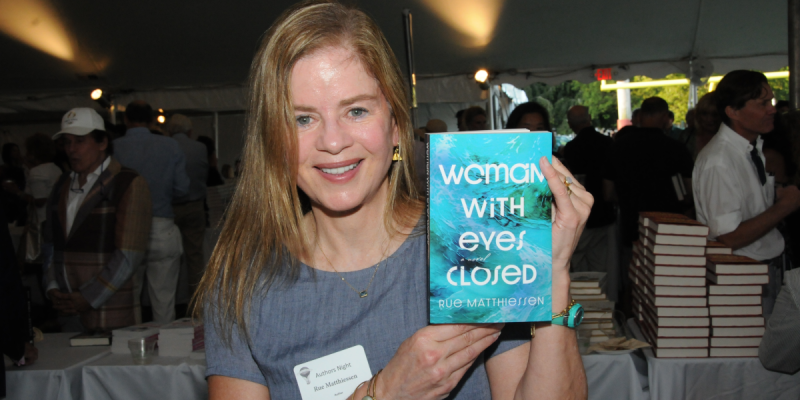Seventeen-year-old Anthoula Lelekedis went where very few teens have gone. The Astoria girl recently went on a two-week trek to Antarctica, making her one of 30,000 people to travel to Antarctica during this year’s Arctic summer.
“The trip was very interesting. I learned so much,” Lelekedis gushed. “You feel like that place isn’t a part of our planet, like it’s a whole other planet.”
To go on the “adventure of a lifetime,” Lelekedis was chosen to participate in a program called, “Students on Ice,” an annual exploration into the Arctic. Since 2002, philanthropist Harold Snyder has been paying for five high school students to travel to Antarctica, having ventured to the continent several times as a young man with his father. Each year the kids, one from each borough of New York City, are chosen based on nominations from local politicians. Other teenagers - about 70 in total - paid their way, at a cost of about $9,000 from Miami and $10,000 in Canadian dollars from Toronto.
Congressmember Carolyn Maloney picked Lelekedis after her college advisor Joanne Maglaras at Frank Sinatra High School in Long Island City recommended her. Lelekedis has excellent marks and exemplary behavior and demonstrated financial need, as required by Snyder.
“Anthoula is a very talented young woman and I’m delighted that she’ll have this extraordinary opportunity,” said Maloney, prior to the trip. “Students on Ice helps young people understand the beauty and fragility of the natural world, and how important it is to conserve places like Antarctica for generations to come.”
For Lelekedis and the rest of the 114-person group, the passage to Antarctica was long - 18 days in total - with New Year’s Eve and Day spent in Buenos Aires, Argentina, and another day stuck in El Califate, Argentina, because of airport delays.
On the way to and back from Antarctica, the group of students and chaperons also had to travel first to the southern-most point in Argentina, Ushuaia, where they spent a total of four days touring the city. The passage by boat to the Antarctica through the Drake Passage is three days long, about 600 miles, and rough. Although it was moderately mild in temperature, Lelekedis said that the boat ride was tough - many students got seasick and venturing outside often resulted in an unintentional bath of salt water.
“If you were standing on deck five, which is very high up, you would get drenched,” she said, describing the massive, nine-meter waves.
Once they got closer to Antarctica, however, the seas calmed, and the exploration began - first to eight surrounding islands, and then to the peninsula. Each day the students would go out with scientists and ecologists who could explain the surroundings like Deception Island, a volcanic island spurting with Jacuzzi-like pools.
Lelekedis saw local wildlife - walruses, albatross, penguins, elephant seals, Weddell seals, and a leopard seal, touted as the second most ferocious predator in the world. She spotted five of the six types of whales known to live around Antarctica with the exception of the blue whale, the largest animal inhabiting the Earth.
What interested her most, however, were lectures explaining ocean currents and the scientific belief that all of the seven continents were once connected.
“If you look at the outline of the continents and try to connect South America to North American they fit perfectly,” Lelekedis said.
An added bonus to the trip, Lelekedis met students from two countries and said that the students from New York most got along with their counterparts from Canada. Lelekedis even picked up a pen pal in Toronto - Nihal Jhajj.
Outreach and Partnership Coordinator for “Students on Ice,” Kendra Lachine, said that Lelekedis was very helpful to the other students - fixing their cameras and showing them how to take pictures of the bright, white glaciers.
“She is wonderful, a very thoughtful articulate young woman, who clearly has an idea of where she wants to go in life,” Lachine said.
Upon her return to New York, Lelekedis remarked that having seen Antarctica first hand, she hoped to be more involved in environmental causes.
“I want to actually do something to help the environment,” she said.
Lelekedis also hopes that her photos from Antarctica will enhance her portfolio to be sent out with her college applications. An aspiring photographer, she snapped more than 3,000 pictures during the trip, which she continuously downloaded to her laptop so as to replenish her memory to take more. In the fall, she hopes to attend Parsons School of Design.
To view more of Lelekedis’ photographs, visit qns.com, and for more information about the “Student on Ice” program, visit www.studentsonice.com.

